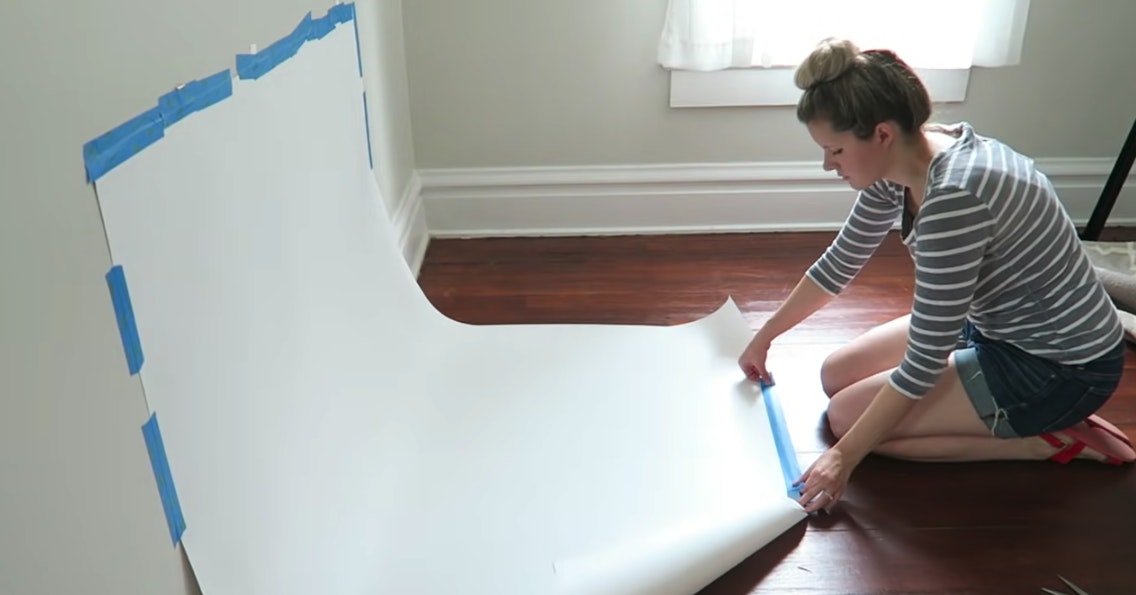When you have a brilliant business idea, it’s easy to get caught up in the excitement. Innovators and entrepreneurs often dream big, thinking up extra features and functions they can add to make their product truly amazing.
But it’s wise to first take a step back. Instead of creating a fully fledged product with all the bells and whistles, consider a minimum viable product (MVP). An MVP can help you collect valuable user feedback while ensuring you don’t over-invest in your initial idea.
Below isa look at what minimum viable products are, how they benefit entrepreneurs, and how you can use this business model to get the maximum amount of impact from the least amount of investment.



What is a minimum viable product (MVP)?
A minimum viable product (MVP) is the simplest functional form or version of a product, while still having the core features that demonstrate its value proposition. MVPs are usually commonly tangible, but they can also be ideas and stand-ins (more on that later). You may also have heard of “minimum lovable product,” which is a counterpoint to MVPs. This describes the minimum features needed for people to love it from the start.
MVPs are part of Eric Reis’s lean startup methodology, which says entrepreneurs should invest only in the most necessary features first. You can think of it as testing a business hypothesis with the least effort: Your product idea is the hypothesis, and the faster you launch and test it, the sooner you can start collecting and implementing user feedback to see if your hypothesis is solid. The lean startup approach refers to this as validated learning.
→ Click Here to Launch Your Online Business with Shopify
User feedback is worth its weight in gold—it reveals if customers actually like the product idea in the first place. It also uncovers any changes you should make to the existing product while informing your next best moves as you keep building and iterating.
Once your product is more fleshed out and ready to be released and marketed to a broader audience, you’ve hit the “minimum marketable product” phase.
Why create a minimum viable product
There are tons of benefits to taking the minimum viable product route. Here are a few:
- Better product quality. When you guide development with real user input, you can focus on your value proposition and what end users truly want and need. That means a better product overall.
- Quicker launch. By focusing on the core features and functionalities, an MVP allows you to get your product to market faster so you can start gathering feedback and validating your idea as soon as possible.
- Cost savings. Building an MVP typically requires fewer resources than a fully featured product, which lets you conserve capital and reduce financial risks that product development brings.
- Higher chances of success. Instead of taking guesses, an MVP can reveal critical data points that suggest whether you’ll succeed or fail in the market. The earlier you can test, the higher your chances of becoming profitable.
- Competitive advantage. Getting to market quickly might give you a competitive edge. You’ll get a chance to capture market share and establish your brand before competitors.
- Stronger business model. With a data-driven approach, your product strategy is more sound and sturdy. As you continue to grow, you’ll likely find that you’re in a good position to scale without the need for dramatic changes or reorganization.
Types of minimum viable products
Generally speaking, you can categorize MVPs into two categories: low fidelity and high fidelity. Low-fidelity MVPs let you test your idea without actually building the product—more like gauging interest. High-fidelity MVPs let you put your product into people’s hands (or on their screens if it’s a digital product).
High-fidelity MVPs
- Piecemeal MVP. Instead of building everything from scratch exactly how you plan, piecemealing lets you add bits of functionality from different sources and tools to get to a similar end goal.
- Single-feature MVP. The smallest possible unit: start with the feature you think is most important, valuable, and differentiating. Test that feature first and go from there.
Crowdfunding MVP. List your product ideas on a crowdfunding platform like GoFundMe or Kickstarter. If you meet your initial funding goal, you know that people will actually buy it when it’s developed. - Concierge MVP. Also called the Wizard of Oz MVP, this involves manually fulfilling a process that you plan to automate later. Say you’re testing software that algorithmically recommends meal kits. You can start by making recommendations yourself, then build the tech if you get positive feedback.
Low-fidelity MVPs
- Explainer video MVP. A short video that explains your product idea and how it can solve a problem for your target audience. It’s a visual approach to showcasing and validating your concept’s appeal and effectiveness.
- Email MVP. Email campaigns that introduce your concept, assess interest, and gather feedback. This lets you directly interact with your target audience and nurture relationships leading up to the launch.
- Landing page MVP. A basic webpage to showcase your product idea, capture leads, and validate demand. You can also use it to test different value propositions and messaging strategies.
- Fake door MVP. Also called a smoke test MVP, this method involves teasing a next step that doesn’t exist. For example, a Buy Now button that leads to a waitlist instead of a checkout page. You can gauge interest by how many people click the button to take the next step.
How to develop a minimum viable product
Crafting a minimum viable product (MVP) isn’t a one-size-fits-all deal. It really depends on how complex your idea is, how far along your business is, and who you’re up against. But, there are some key steps everyone should take to make sure their MVP does what it’s supposed to:
1. Identify your target audience
Begin by pinpointing the exact market or niche you’re aiming for. Consider what your MVP must have. Who is your intended audience? Focus on their requirements, their challenges, and what they value.
2. Choose essential features
Identify which features or services are vital for meeting your niche and target market’s needs. Ask yourself, what are the core components your product must have to genuinely capture the interest of your audience?
3. Build the initial product
Now, bring your basic product to life. This could mean developing an app with a select few features, launching a minimalistic ecommerce site, or even starting with manual processes to get your concept off the ground.
4. Initiate and gather feedback
Introduce your product to a small group of early users and collect their insights. After refining the initial product, expand your reach. Aim to obtain comprehensive feedback from early users on what works and what doesn’t, using everything from sales data to social media interactions as validation.
5. Refine and develop further
Act on the feedback to polish your MVP. This stage might involve adjusting product descriptions, enhancing your website, or shifting your focus based on the insights gained. This is your chance to evolve and better align with your audience’s expectations.
Remember, the whole point of developing an MVP is to test business hypotheses. By taking the steps above, you’re directly checking if your business ideas have traction in the real world.
Build, test, iterate, repeat
While it might seem like the best move to go all-in on your first launch, you might save yourself a ton of time and headaches (not to mention precious dollars) by using the lean startup methodology.
When you build and iterate based on user feedback, you’re able to slowly work up to the ideal product instead of rushing full-speed into hypotheses with no backup data. In essence, minimum viable products help you avoid taking wrong turns on your path to success—and who wants to take avoidable wrong turns?






